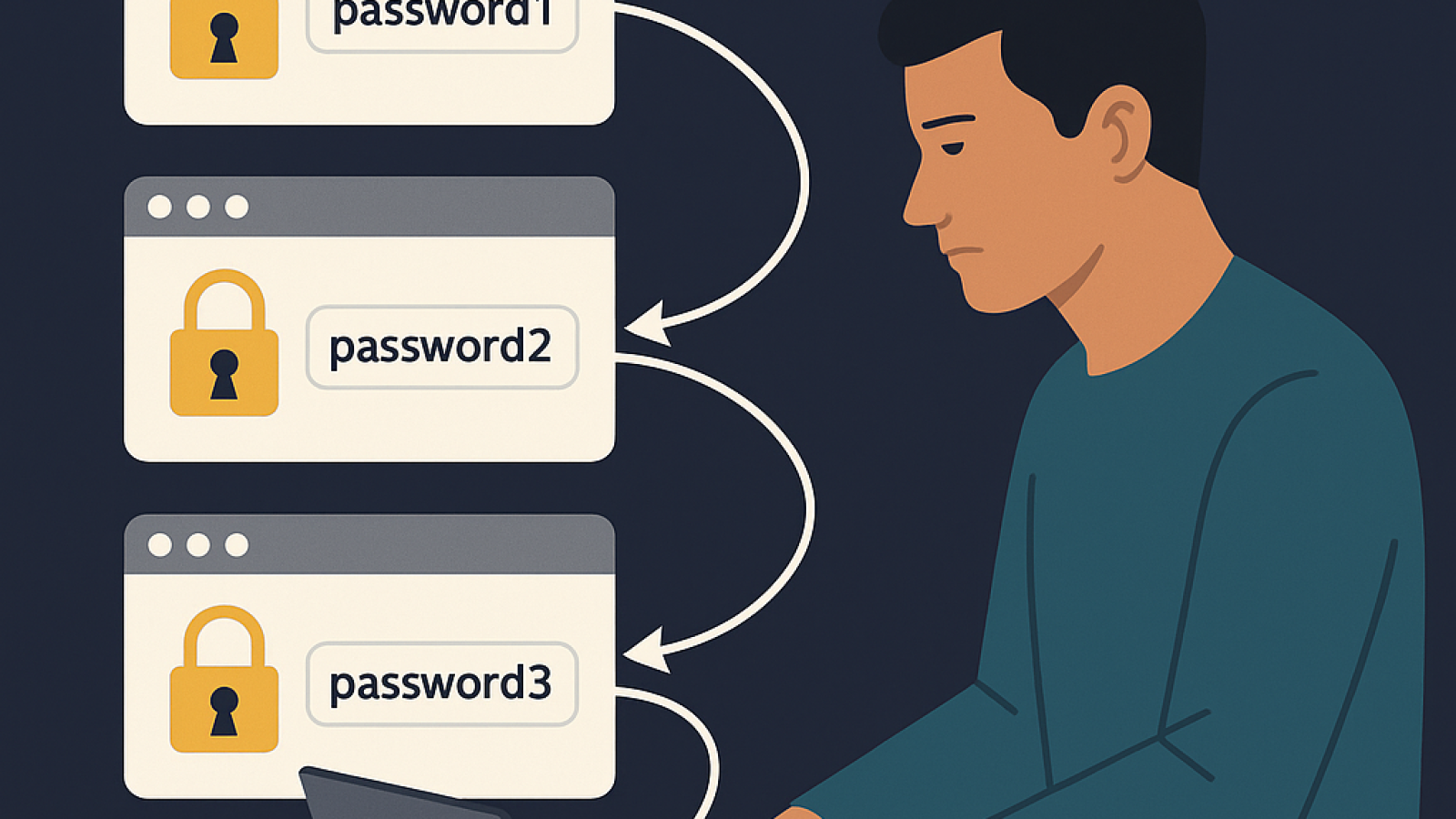Not all hackers use complicated tricks. In fact, many prefer low-effort methods that still work—like password spraying. This quiet but dangerous tactic lets attackers sneak into accounts without raising alarms.
At Graphene Technologies in Houston, we help teams recognize and stop these attacks before they do harm. In this article, we’ll explain what password spraying is, how it works, and—more importantly—how to protect your accounts.
First, What Is a Password Spraying Attack?
To begin with, password spraying is a type of brute-force attack. However, unlike traditional brute-force methods that try hundreds of passwords on one account, this method flips the script. Instead, hackers try a few easy passwords like Welcome123 across many user accounts.
As a result, they avoid account lockouts and detection tools.
CISA explains password spraying
So, Who’s Most at Risk?
Of course, every business is vulnerable, but attackers often focus on groups with large user bases or outdated systems. For example:
-
Schools and universities
-
Healthcare providers
-
Financial firms and law offices
-
Companies using cloud services without extra security
In many cases, attackers don’t need advanced tools—just one person using a weak password.
Signs You Might Be Under Attack
Now that you know what this is, you might be wondering: how do I know if it’s happening?
Although these attacks are quiet, they often leave signs behind:
-
Several users getting locked out at once
-
Strange login attempts from unfamiliar countries
-
Employees receiving multiple MFA prompts
-
Login activity at odd hours or from odd places
If you notice any of these red flags, don’t wait. Take action immediately.
How to Prevent Password Spraying Attacks
Thankfully, even though these attacks are sneaky, you can stop them with simple tools and habits.
1. Start With Strong Passwords
To begin with, never use simple passwords. Require your team to use passwords that are hard to guess. Better yet, encourage password manager apps to generate and store complex ones.
2. Use Multi-Factor Authentication (MFA)
Next, always enable MFA. This adds a second step—like a phone code—before login works. So even if someone has your password, they can’t get in without your phone.
3. Watch Login Activity Carefully
In addition, set up alerts for unusual login attempts. If someone tries to log in from another country or fails multiple times, you’ll know right away.
4. Limit Login Attempts
After a few wrong tries, lock the account temporarily. This slows down attackers and gives your team time to respond.
5. Control Where and When People Can Log In
Furthermore, you can block access from outside the U.S., or after business hours. This narrows the window of risk.
6. Train Your Team
Lastly, ongoing training is key. Remind staff to use strong passwords, avoid email scams, and speak up if something seems off.
Employee security training from Graphene
Why This Attack Can Be So Damaging
You may be wondering, “It’s just one password—how bad can it be?”
Unfortunately, password spraying can unlock much more than email. For instance, it might lead to:
-
Accessing private company files
-
Sending fake messages from real accounts
-
Stealing financial data
-
Installing ransomware
That’s why early prevention is better than clean-up.
Take Action Before Hackers Do
To wrap things up, password spraying may be simple—but it’s still dangerous. The good news is that you can stop it with basic steps and the right support.
At Graphene Technologies, we help Houston businesses protect accounts, train employees, and monitor for suspicious activity.

Add a Comment